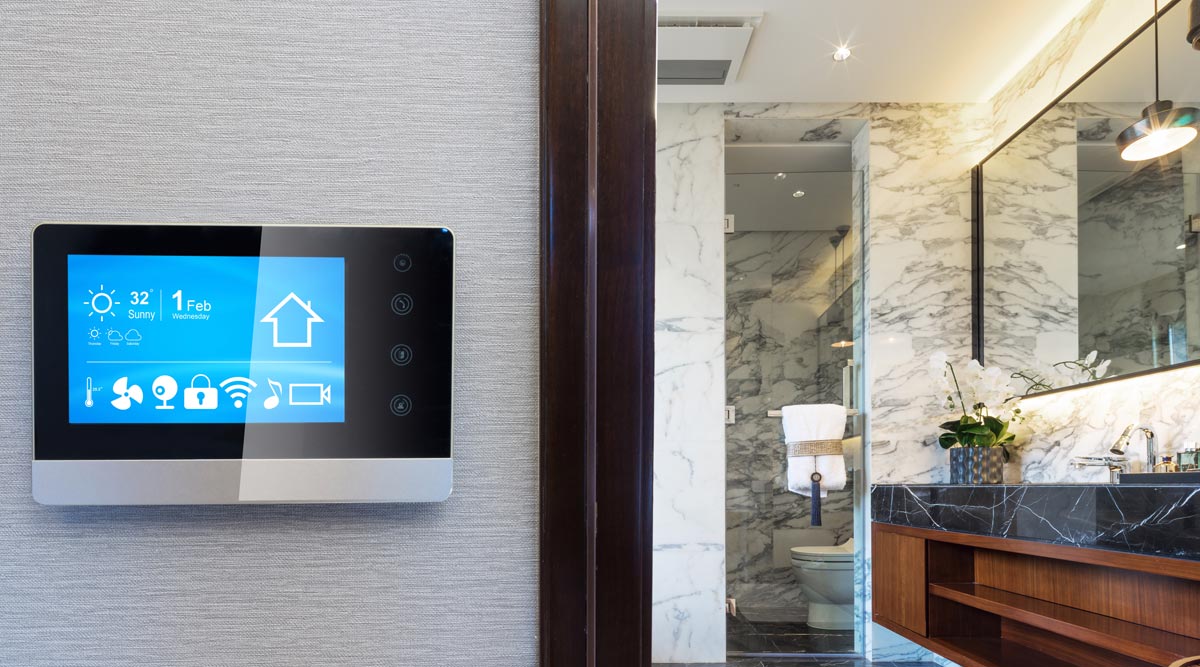As the world becomes increasingly reliant on technology, it’s no surprise that thermostats have also undergone a significant transformation. Smart thermostats have emerged as a popular choice for homeowners, offering a range of benefits including energy efficiency, convenience, and cost savings. However, installing a smart thermostat can be a daunting task, especially for those who are not familiar with the process. In this article, we will provide you with a comprehensive guide on smart thermostat installation tips to ensure a seamless and successful installation.

Pre-Installation Checklist
Before you start the installation process, it’s essential to ensure that you have all the necessary tools and equipment. Here’s a pre-installation checklist to get you started:
- Purchase the right smart thermostat: With so many smart thermostats available in the market, it’s crucial to choose one that meets your specific needs and is compatible with your HVAC system.
- Check the compatibility: Verify that the smart thermostat is compatible with your heating and cooling system, including the type of fuel used (e.g., gas, oil, or electric).
- Gather necessary tools: You’ll need a screwdriver, wire nuts, and a voltage tester to complete the installation.
- Turn off the power: Switch off the power to the thermostat at the circuit breaker or fuse box to avoid any electrical shocks or injuries.
- Read the manufacturer’s instructions: Familiarize yourself with the manufacturer’s instructions and guidelines for installation.
Step-by-Step Installation Guide
Once you’ve completed the pre-installation checklist, you can proceed with the installation process. Here’s a step-by-step guide to help you install your smart thermostat:
- Remove the old thermostat: Take out the old thermostat and set it aside. Be careful not to damage any wires or connections.
- Label the wires: Identify and label the wires connected to the old thermostat. This will help you connect the correct wires to the new smart thermostat.
- Install the new thermostat: Mount the new smart thermostat to the wall, following the manufacturer’s instructions.
- Connect the wires: Connect the labeled wires to the corresponding terminals on the new smart thermostat. Ensure that all connections are secure and not loose.
- Configure the smart thermostat: Follow the manufacturer’s instructions to configure the smart thermostat, including setting the temperature, schedule, and other preferences.
- Test the system: Turn the power back on and test the smart thermostat to ensure it’s working correctly.
Common Installation Challenges
While installing a smart thermostat can be a relatively straightforward process, you may encounter some common challenges along the way. Here are some tips to help you overcome these challenges:
- Wiring issues: If you’re not comfortable with wiring, it’s recommended to hire a professional electrician to complete the installation.
- Incompatible systems: If your HVAC system is not compatible with the smart thermostat, you may need to upgrade or replace the system.
- Internet connectivity: Ensure that your smart thermostat is connected to your home’s Wi-Fi network to access remote control and other features.
- Battery installation: Some smart thermostats require battery installation. Make sure to follow the manufacturer’s instructions for proper battery installation.
Tips for a Successful Installation
To ensure a successful smart thermostat installation, follow these tips:
- Hire a professional: If you’re not comfortable with the installation process, consider hiring a professional electrician or HVAC technician.
- Read the instructions: Carefully read the manufacturer’s instructions and guidelines for installation.
- Test the system: Thoroughly test the smart thermostat to ensure it’s working correctly and efficiently.
- Maintain the system: Regularly maintain the smart thermostat and HVAC system to ensure optimal performance and energy efficiency.
FAQs
Here are some frequently asked questions about smart thermostat installation:
- Q: Can I install a smart thermostat myself?
A: Yes, you can install a smart thermostat yourself if you’re comfortable with the process and have the necessary tools and expertise. - Q: What is the average cost of a smart thermostat installation?
A: The average cost of a smart thermostat installation can range from $100 to $300, depending on the complexity of the installation and the type of thermostat. - Q: Do I need to upgrade my HVAC system to install a smart thermostat?
A: Not always. However, if your HVAC system is outdated or incompatible with the smart thermostat, you may need to upgrade or replace the system. - Q: Can I control my smart thermostat remotely?
A: Yes, most smart thermostats allow remote control through a smartphone app or online portal. - Q: How long does a smart thermostat installation take?
A: The installation time can vary depending on the complexity of the installation and the type of thermostat. On average, a smart thermostat installation can take between 30 minutes to several hours.
Conclusion
Installing a smart thermostat can be a rewarding experience, offering a range of benefits including energy efficiency, convenience, and cost savings. By following the tips and guidelines outlined in this article, you can ensure a successful and seamless installation. Remember to always read the manufacturer’s instructions, test the system thoroughly, and maintain the smart thermostat and HVAC system regularly. If you’re not comfortable with the installation process, consider hiring a professional electrician or HVAC technician. With a smart thermostat, you’ll be able to enjoy a comfortable and energy-efficient home, while also reducing your carbon footprint. So, go ahead and take the first step towards a smarter and more sustainable home with a smart thermostat installation.
Closure
Thus, we hope this article has provided valuable insights into Smart Thermostat Installation Tips: A Comprehensive Guide. We hope you find this article informative and beneficial. See you in our next article!